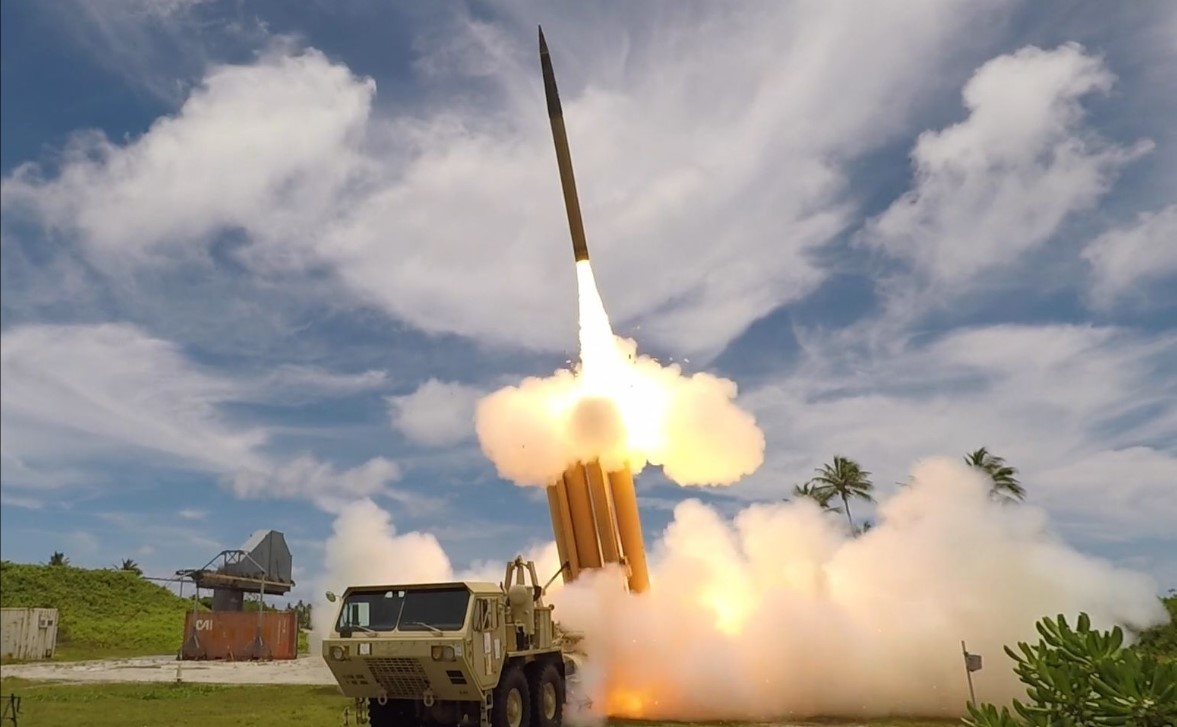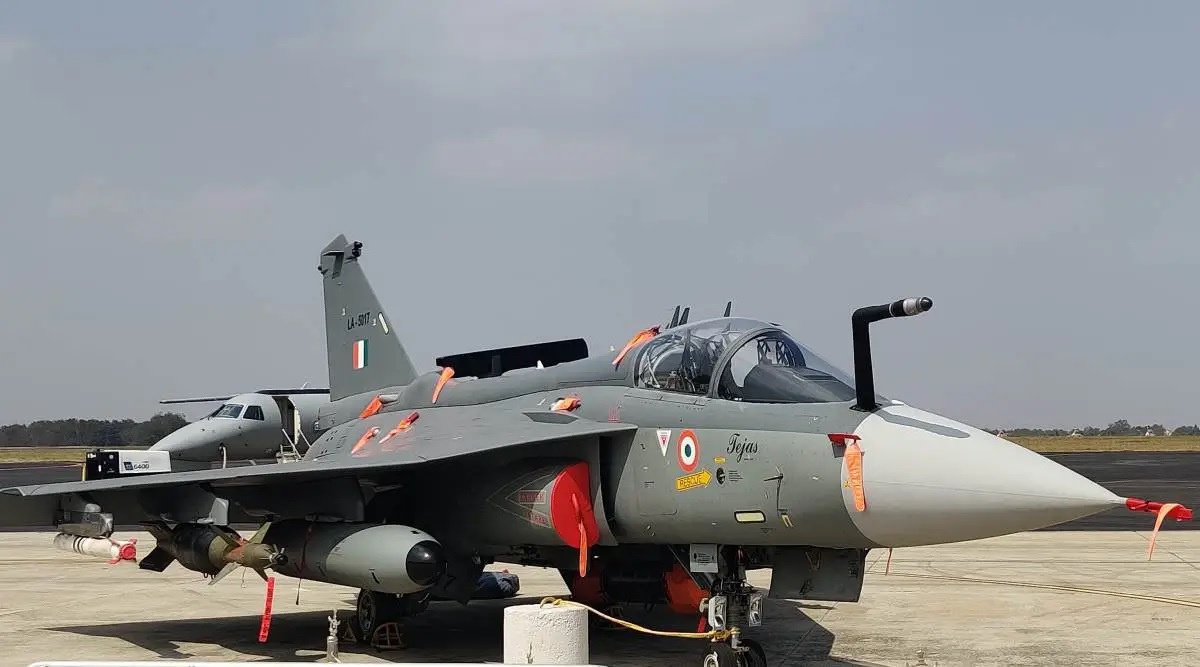US Army to Test Missile Defense Command System with THAAD Weapon

Defense News ,U.S :- The U.S. Army is gearing up to test the compatibility of its key command-and-control system with the Terminal High Altitude Area Defense System (THAAD) later this month. This move is part of the Army's broader strategy to modernize air and missile defense, with the Integrated Battle Command System (IBCS) at its core. The goal is to replace the aging Patriot air-defense system component by gradually integrating new technologies.
Col. William Parker, the lead on air and missile defense modernization, revealed in a recent interview that THAAD is currently a priority for integration into the IBCS. The Army envisions connecting various sensors and shooters on the battlefield, and THAAD plays a crucial role in this vision. The THAAD system is designed to defend against threats such as rockets, artillery, mortars, cruise missiles, and drones.
The development of IBCS faced challenges, including delays and technical issues during the initial limited-user test in 2016. However, through subsequent user tests and operational evaluations, the Army overcame these hurdles. IBCS was declared fully operationally capable in the spring of 2023 after addressing software issues.
Looking ahead, the Army plans to conduct a full operational test and evaluation for IBCS in the fourth quarter of fiscal 2024. The goal is to field this capability to the first unit by the middle of fiscal 2025. With IBCS now meeting operational standards, the focus is on integrating it with other systems, particularly THAAD.
Col. Parker's Air and Missile Defense Cross-Functional Team, a part of Army Futures Command, is actively working on this integration. The team is set to experiment with the connection between IBCS and THAAD during Project Convergence, which runs from February 23 to mid-March. Project Convergence serves as a platform for joint force experimentation with capabilities needed against high-end threats and advanced adversaries.
The primary objective of this integration is to test the joint capabilities of sensors and shooters. Data will be transmitted from IBCS to THAAD's command and control to assess the system's bandwidth capacity. Col. Parker emphasized the importance of utilizing battlefield sensors to enhance situational awareness for commanders on the ground.
While IBCS is now a program of record under the Program Executive Office Missiles and Space, the Cross-Functional Team is committed to agile development. This approach involves continuous assessment of potential software upgrades to expand capabilities. The team aims to incorporate these upgrades into IBCS, ensuring it remains at the forefront of defense technology.


